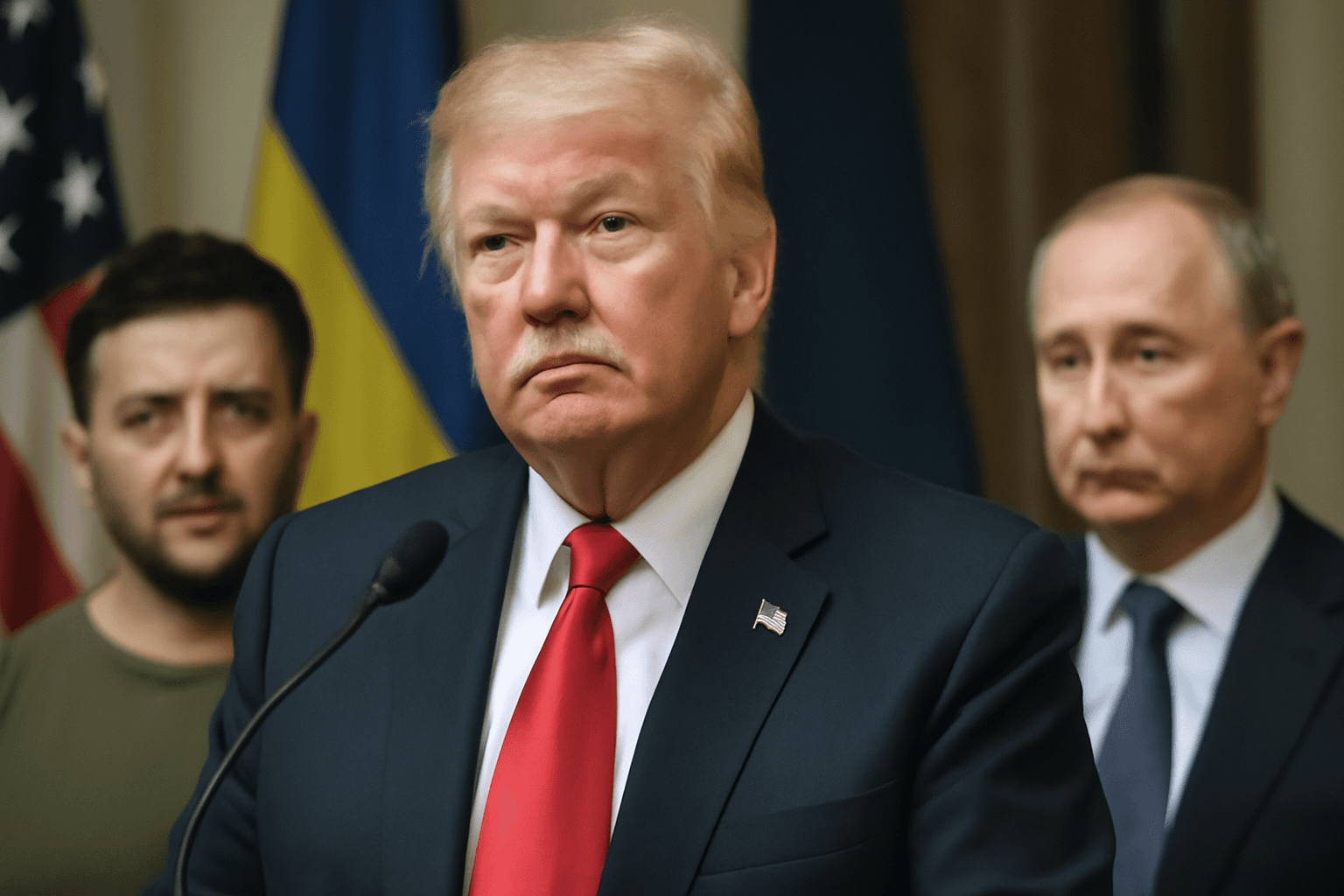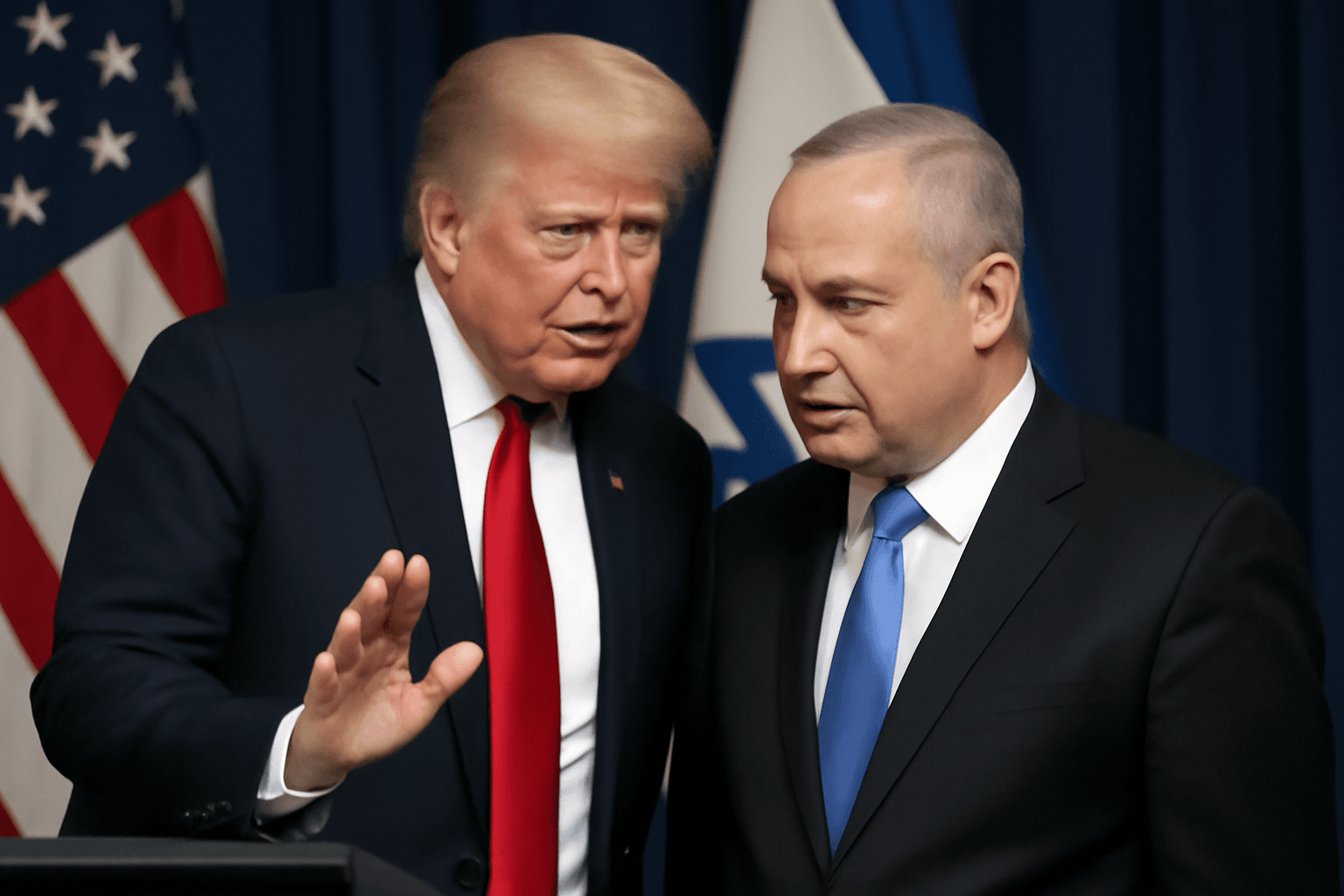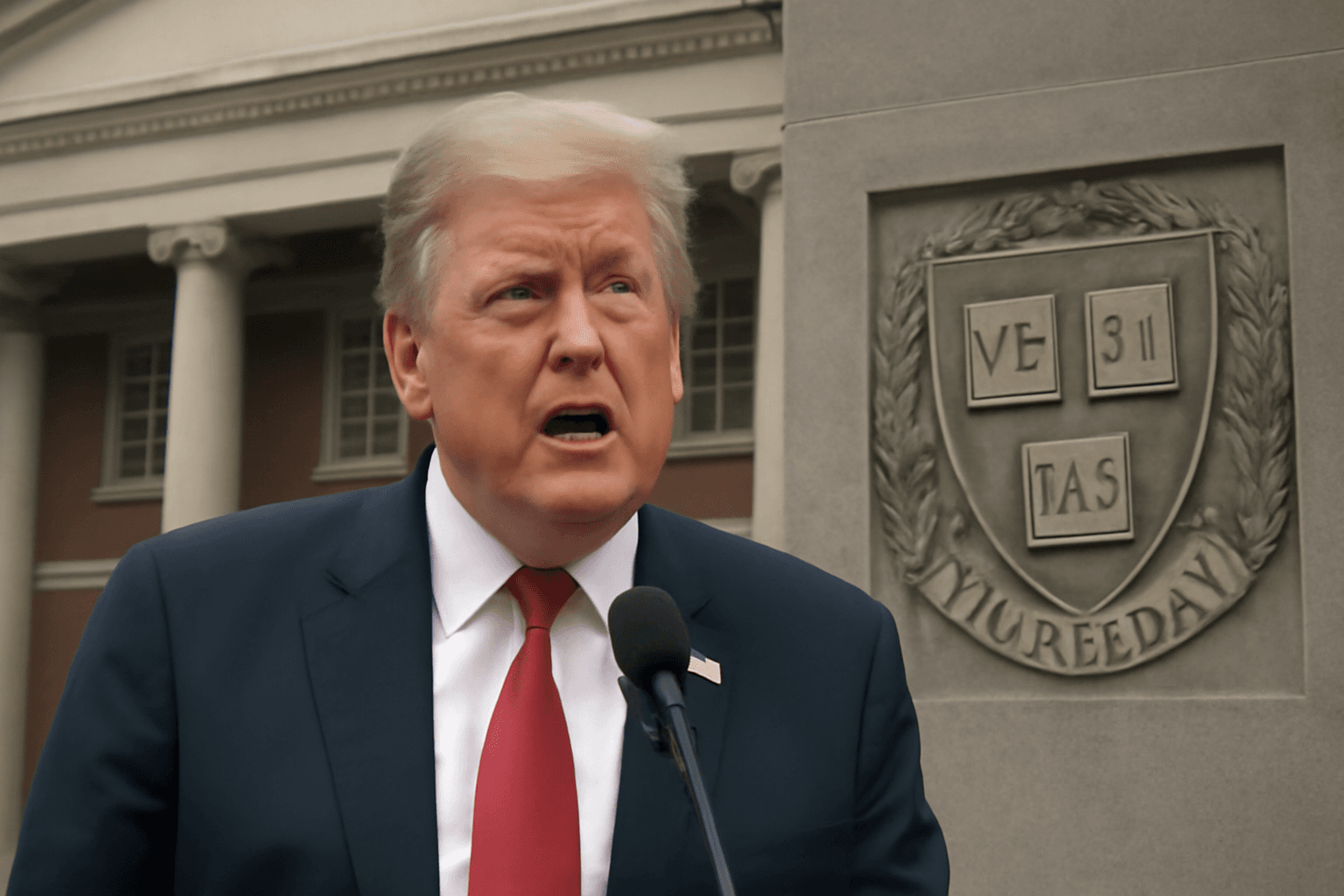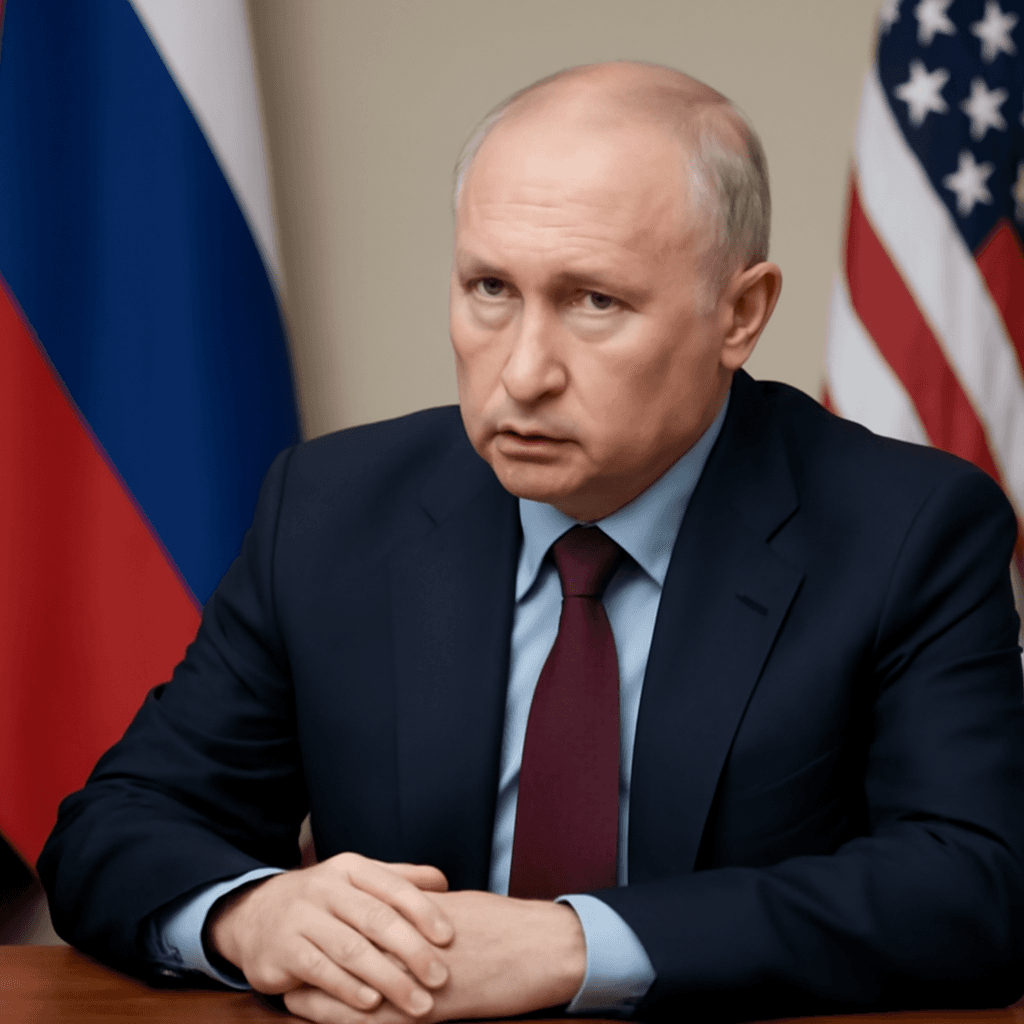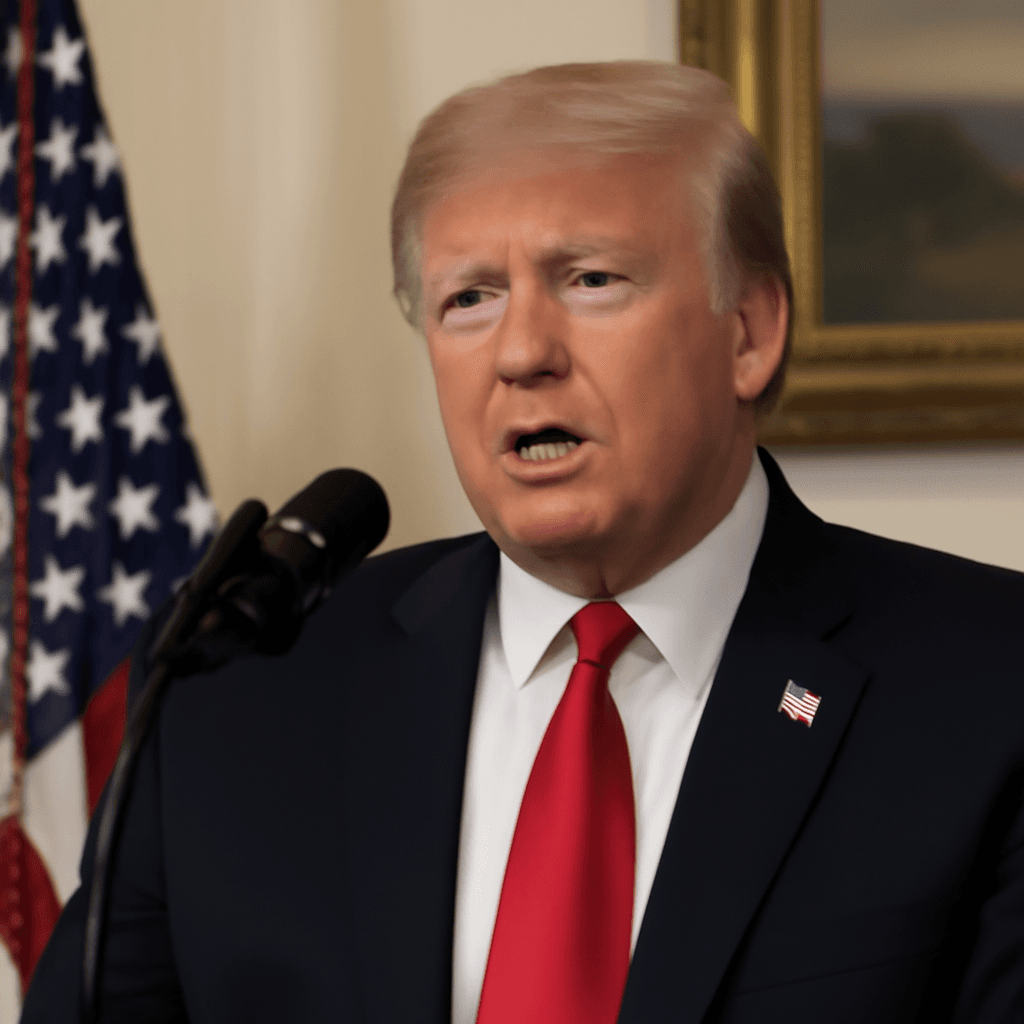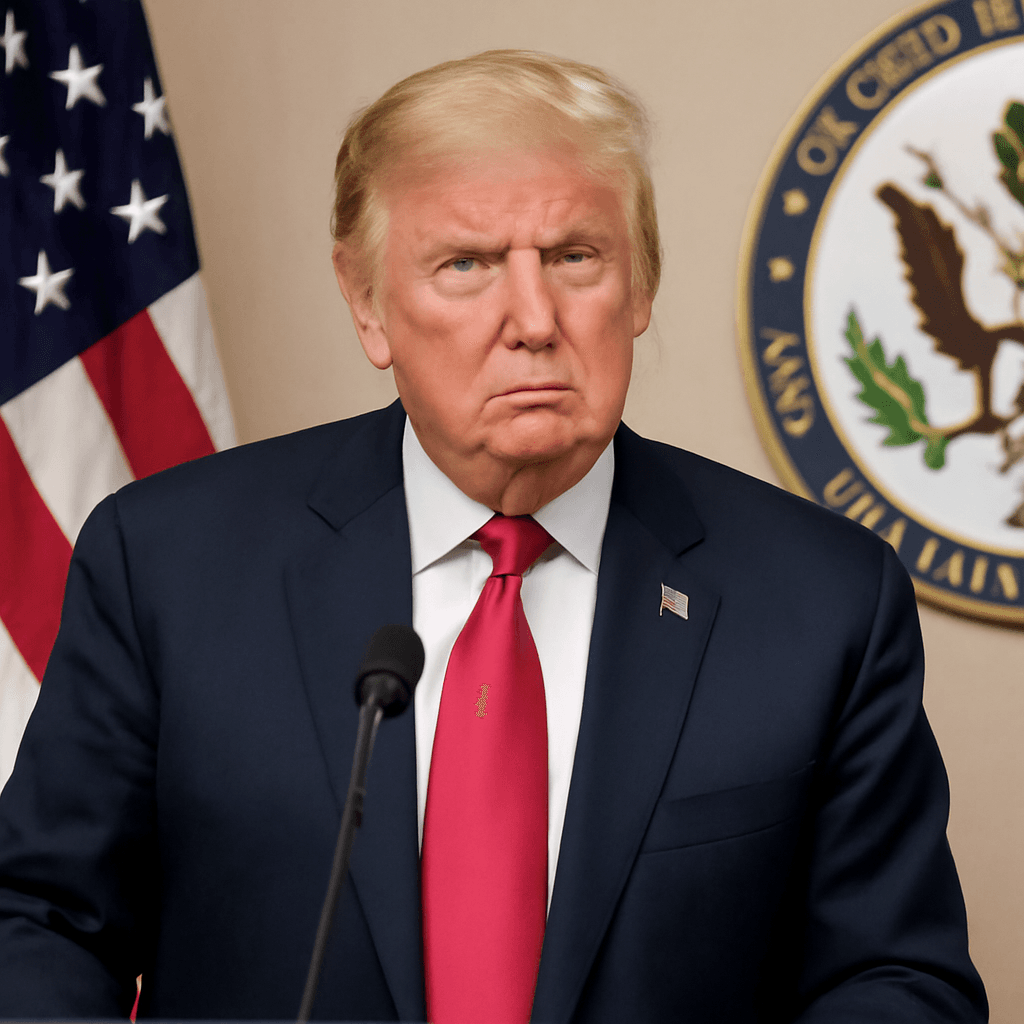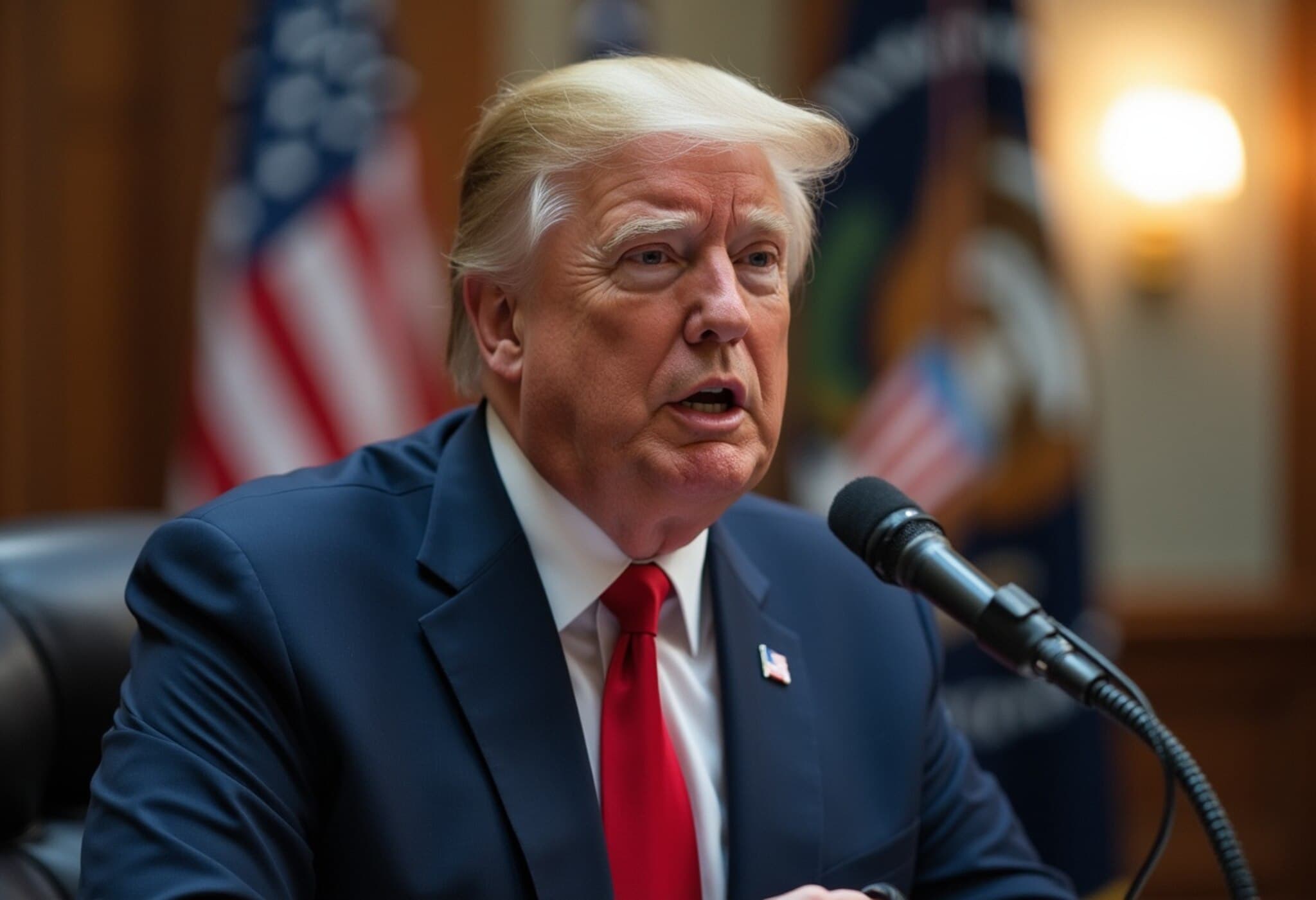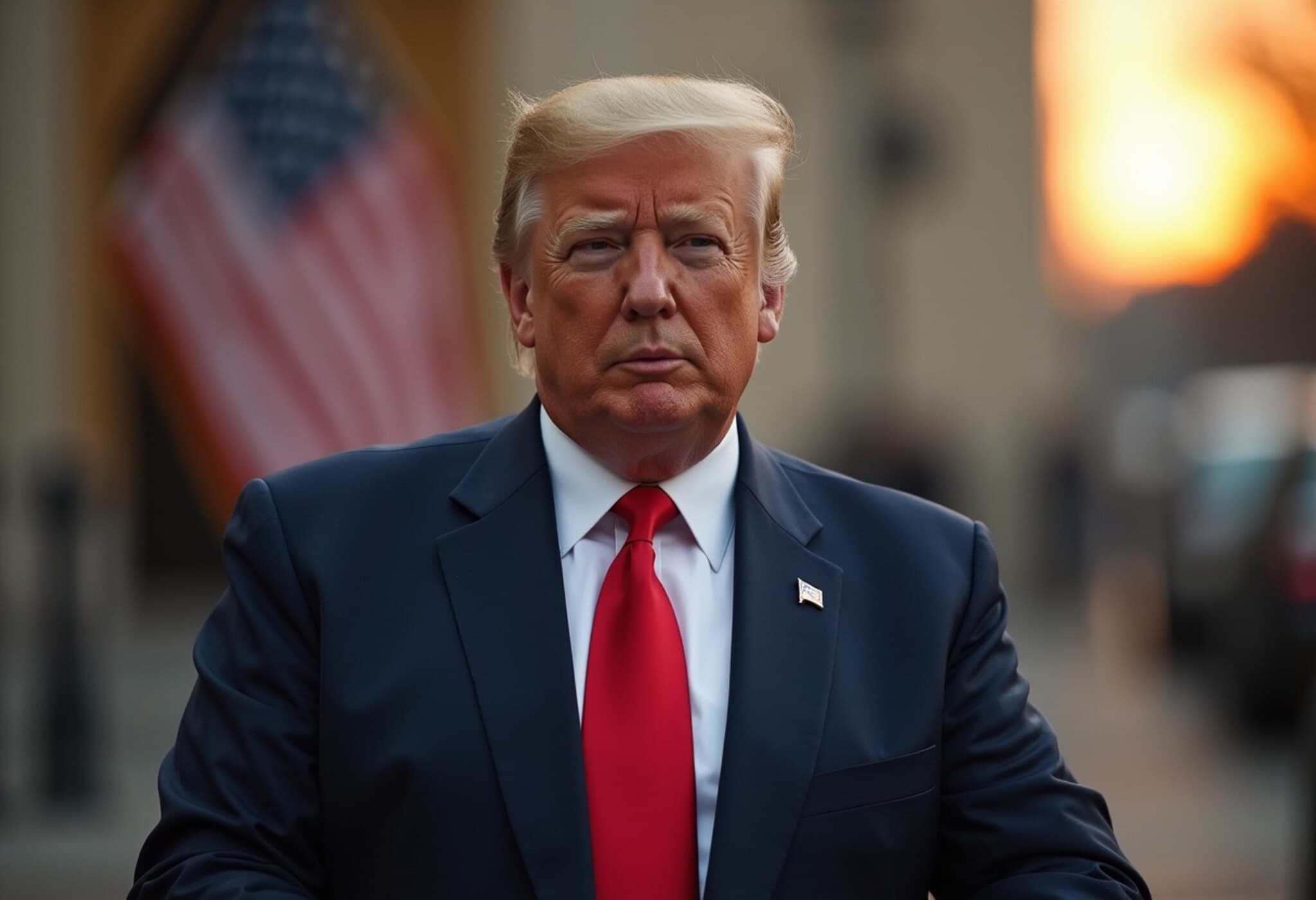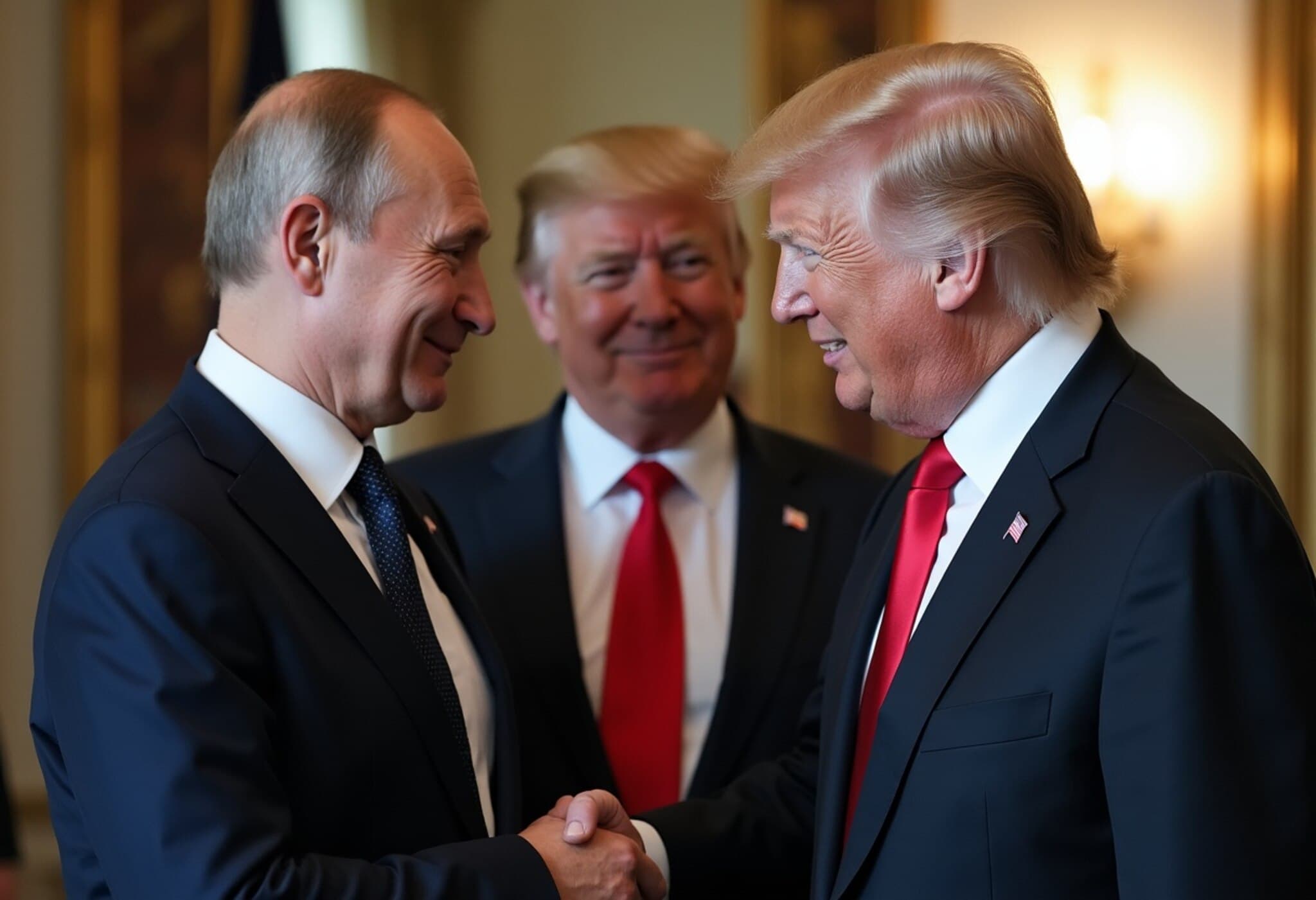US Presidents’ Repeated Struggles to Deliver Peace
US presidents have long promised to end conflicts, only to discover that the complex realities of modern warfare often defy swift resolutions. As Donald Trump reignited his presidential bid in January 2025, he pledged to swiftly end the ongoing wars in Gaza and Ukraine, a claim echoing the promises of his predecessors. Yet, as his second term unfolds, these entrenched conflicts illustrate an enduring pattern: war does not simply cease because a president declares it so.
The Unending Quagmire of Vietnam
Lyndon B. Johnson’s Peace Pledge and the Escalation
In 1964, Lyndon B. Johnson was elected as the “peace candidate,” inheriting limited US military involvement in Vietnam from John F. Kennedy. However, the Gulf of Tonkin incident—later scrutinized for its accuracy—became a catalyst for massive troop deployments. Johnson’s commitment ballooned American forces to over 500,000, entangling the US in one of its most devastating and controversial wars.
Richard Nixon’s “Secret Plan” and the Fall of Saigon
Later, Richard Nixon capitalized on public weariness, hinting at a strategy to end the conflict—a phrase famously dubbed the “secret plan.” Yet Nixon secretly expanded bombing campaigns into Cambodia and Laos, promising "peace with honor" but prolonging the war. The 1973 Paris Peace Accords provided a temporary respite, but by 1975, the fall of Saigon symbolized a tragic collapse of US foreign policy and shattered American public trust.
Brief Victory, Lingering Conflict: The Gulf War
President George H. W. Bush’s swift victory in the 1991 Gulf War is often heralded as a textbook military success. Operation Desert Storm expelled Iraqi forces from Kuwait in just over a month, boosting Bush’s approval ratings significantly. Nonetheless, the deeper conflict remained unresolved. Iraq’s leadership under Saddam Hussein endured, leading to years of sanctions, no-fly zones, and intermittent strikes that set the stage for the 2003 invasion under George W. Bush.
Barack Obama’s Dilemmas: Red Lines and Returns
Barack Obama’s 2008 campaign promised a responsible end to US military involvement in Iraq, largely following through with troop withdrawals by 2011. Yet, Iraq’s instability and the rise of ISIS demanded renewed American engagement. Moreover, Obama’s declared “red line” against chemical weapons use in Syria faced critical tests in 2013 when diplomatic solutions replaced anticipated military responses. The resulting Syrian conflict dragged on, exacerbating a humanitarian crisis and stirring debate about US credibility and interventionism.
Joe Biden and the Afghan Withdrawal: An Unfolding Tragedy
Following nearly two decades of war, President Joe Biden’s 2021 decision to withdraw US forces from Afghanistan led to a chaotic power vacuum. The Taliban's rapid takeover and the desperate evacuation scenes in Kabul evoked haunting parallels with the fall of Saigon. While over 100,000 evacuees escaped, many were left behind, sparking fierce criticism and raising profound questions about the enduring costs of America’s longest war.
The Enduring Challenge: Why Presidents Struggle to End Wars
History reveals a sobering reality: most presidents inherit conflicts rather than initiate them, entering office amid entrenched wars with limited tools to conclusively end them. From Harry Truman’s atomic decisions and Cold War onset to Eisenhower’s armistice that never truly ended the Korean War, efforts to bring peace are repetitive and complex.
- Inherited Conflict: Leaders often confront wars initiated by predecessors, constraining immediate change.
- Geopolitical Complexity: Today's conflicts involve multiple domestic and international actors, complicating peace efforts.
- Public Expectation vs. Realities: Presidents face pressure to promise quick resolutions but contend with messy ground realities.
- Strategic Ambiguity and Diplomacy: Often, presidents employ ambiguous rhetoric or partial withdrawals instead of clear-cut endings.
Trump’s Outsider Persona and the Transactional Diplomacy
Donald Trump’s self-styled image as a dealmaker who can break bureaucratic deadlocks feeds into his war-ending promises. Yet experts point out that his transactional approach—treating diplomacy as zero-sum deals—does not easily translate to resolving entrenched conflicts requiring nuanced diplomacy and coalition building.
Expert Insights
Stephen Wertheim from the Carnegie Endowment highlights that "International crises [...] often elevate preconceived ideas whose actual connection to the crisis at hand is debatable." This suggests presidential initiatives may be shaped by political narratives more than strategic realities.
Foreign Policy editor Ravi Agarwal observes that Trump’s approach prioritizes wins, sometimes at the expense of alliances and established norms, potentially undermining sustainable peace efforts.
Conclusion: The Gap Between Promise and Reality
The recurring saga of US presidents pledging swift peace, only to face protracted wars, underlines the enduring complexity of international conflicts and limits of executive power. Whether Vietnam, Iraq, Afghanistan, or ongoing conflicts today, ending war demands more than presidential declarations—it requires sustained diplomacy, multilateral cooperation, and addressing the underlying causes of conflict.
Editor’s Note:
As American leaders navigate the treacherous terrain of war and peace, it is crucial for the public and policymakers to understand that the art of ending war extends far beyond campaign rhetoric. How can the US reconcile its role on the global stage with the persistent cycle of conflict? This question remains central to shaping future foreign policy strategies that prioritize durable peace over transient victories.


